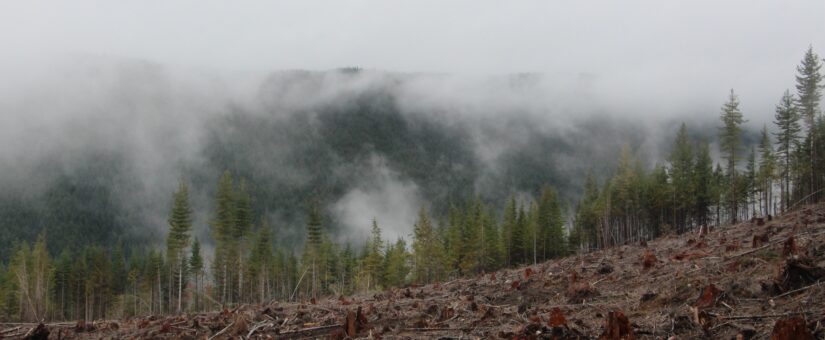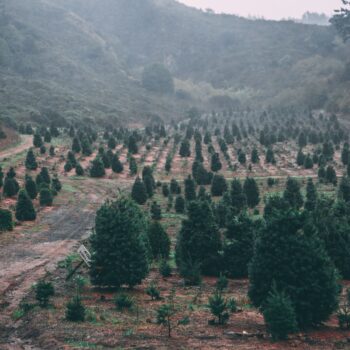
Cutting methods
Forests are cut down for the sake of mining, obtaining timber, when clearing the territory for pastures, for obtaining agricultural land.
Sanitary felling Forests are divided into three groups. The first is forest areas prohibited for cutting, which play an important ecological role, and are nature reserves.
The second group includes forests of limited exploitation located in densely populated areas; strict control is carried out for their timely restoration.
The third group is the so-called production forests. They are cut completely and then sown again.
There are several types of felling in forestry:
Final felling
This type of felling is the harvesting of the so-called mature forest for timber. They can be selective, gradual and continuous. Clear felling destroys all trees, with the exception of the seed plants. With a gradual process of cutting down is carried out in several stages. With the selective type, only individual trees are removed according to a certain principle, and the whole area remains covered with forest.
Plant thinning
This type includes the cutting down of plants, which are impractical to leave. Destroys inferior plants while thinning and clearing the forest, improving lighting and providing nutrients to the remaining more valuable trees. This makes it possible to increase the productivity of the forest, its water-regulating properties and aesthetic qualities. Wood from such felling is used as a technological raw material.


